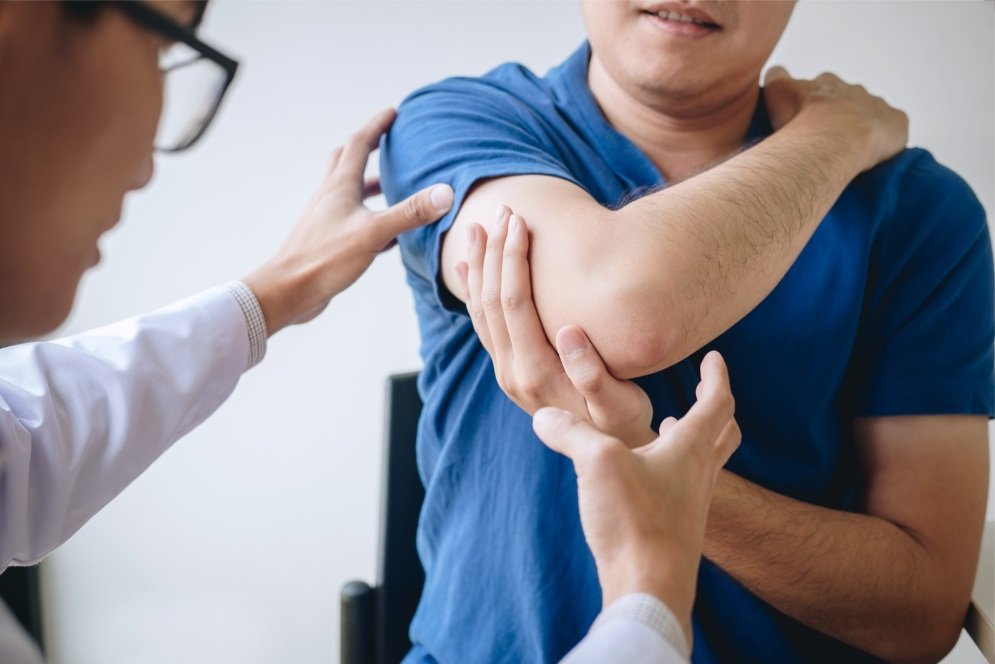
MSK Physiotherapy referral management
The SWFT Outpatient MSK Physiotherapy department receives a large number of referrals per month from a number of different sources. Each referral, which hugely vary in quality, must be clinically triaged by a member of staff before an appointment is allocated to it. The number of referrals are increasing, which means that waiting times, which are already at eight weeks for a routine appointment, are also increasing. This often means that symptoms get worse and present chronicity by the time the patient is seen by a professional.
The opportunity
The SWFT Outpatient MSK Physiotherapy department wanted to explore options to optimise their triage process with the Digital Hub. It was important to standardise the quality of referrals so that urgent cases could be identified sooner, and that patients were provided with advice and guidance whilst they waited for their first appointment, preventing the worsening of symptoms and releasing clinical time.
Having done a bit of research on their own, the department already knew that there are lots of different solutions out there that offer support with physiotherapy triage. However, those that offer a diagnosis and a series of exercises to support a patient were few and far between.
What we are doing
The Digital Hub are planning to pilot a symptom-checker, which will consist of asking patients to fill out a questionnaire, based on which the software will provide a diagnosis, class the referral according to urgency, and then provide self-management exercises, if appropriate, whilst the individual waits for their appointment. The proof of concept will run in two phases:
Testing the diagnostic and safety capabilities of the software, alongside routine care, specifically its ability to differentiate between routine and urgent cases.
Providing patients with a diagnosis and recommended exercises, that will allow efficiencies to be measured and evaluated.
As part of the preparations for the proof of concept, the supplier has adapted their technology to the needs of the department, allowing the clinicians to upload exercise videos to the platform, that they have created themselves.
The project will only look at shoulder injuries which, if successful, can be expanded to injuries of other body parts at a later date.
